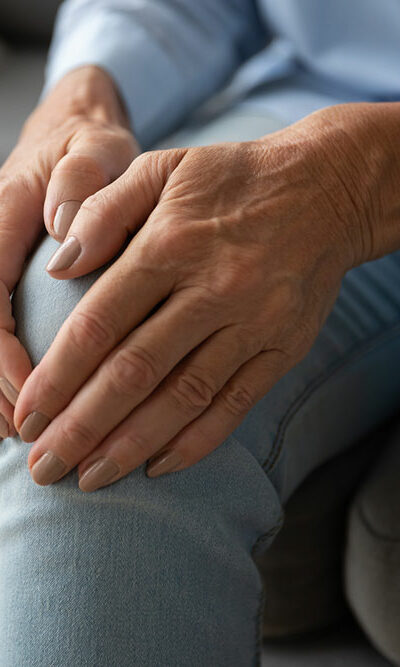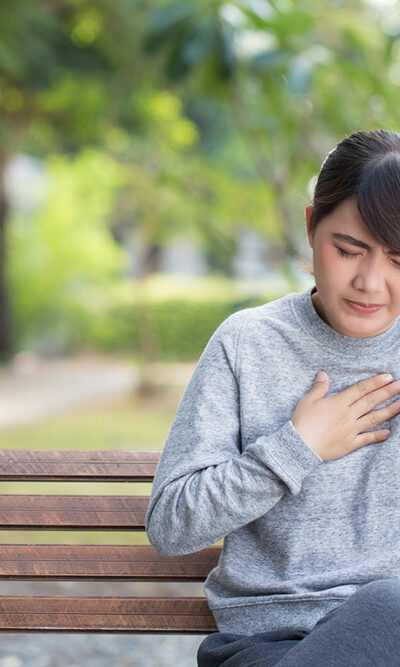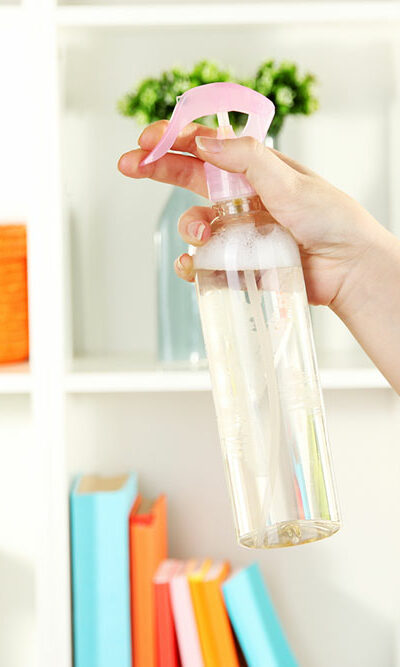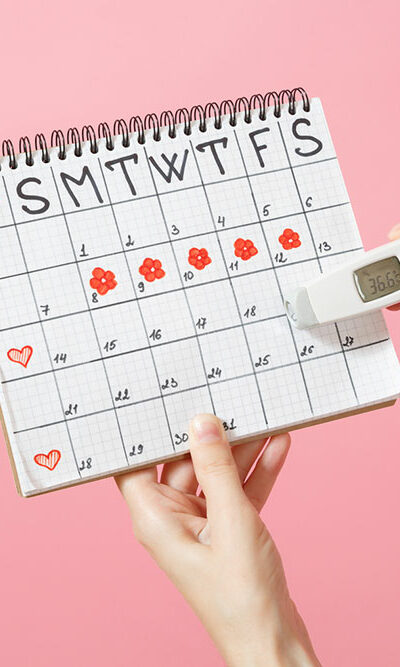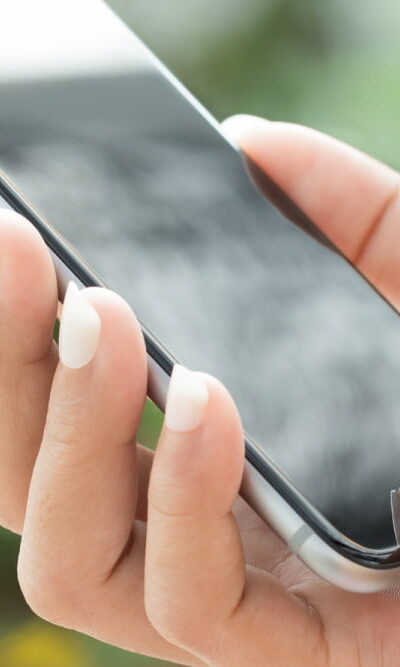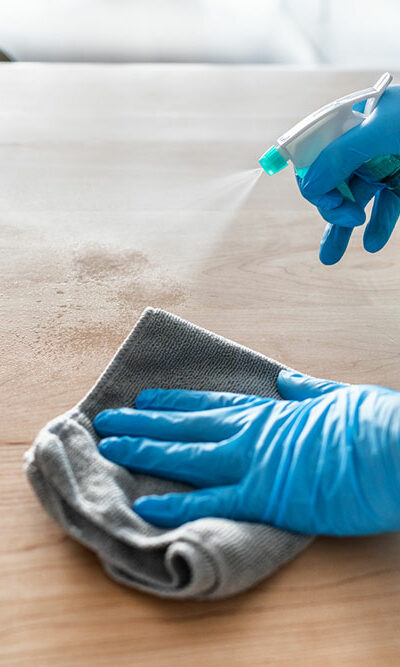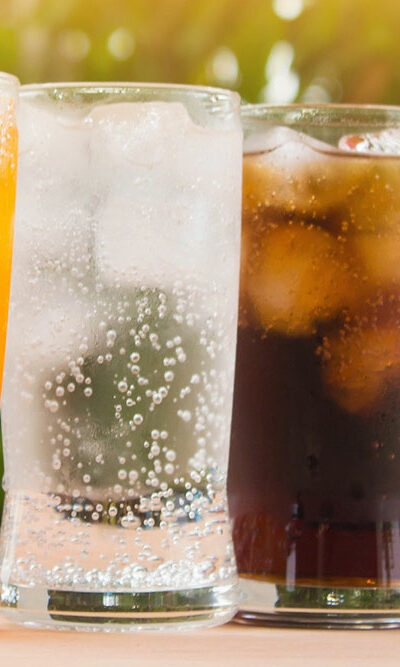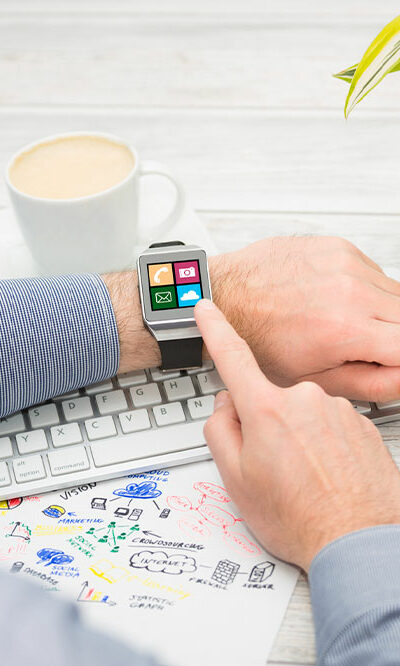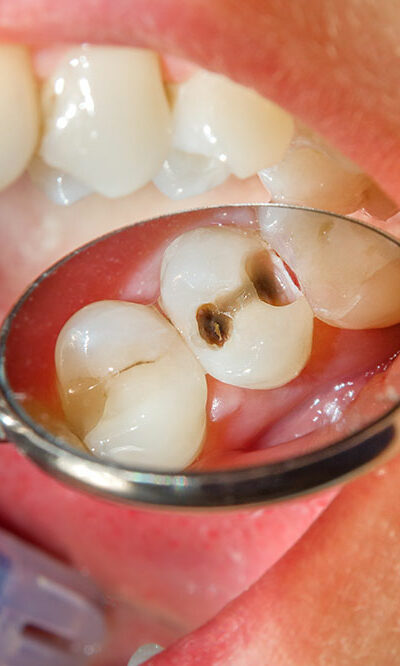
8 signs of dental issues due to high sugar intake
Sugar has become an integral part of modern lifestyle and eating habits. It is present in most store-bought foods, from packaged snacks, cereals, and baked goods to sauces and energy drinks. While sugar can provide a momentary burst of pleasure to taste buds, excessive consumption can harm one’s dental health. Therefore, recognizing the early signs of these dental issues due to high sugar consumption is crucial for early intervention and optimal oral health. Tooth decay and cavities The bacteria in one’s mouth feed and thrive on the sugar consumed through food and produce acids. These acids erode tooth enamel, leading to the formation of cavities. Tooth sensitivity Sugar-rich foods can lead to enamel erosion, exposing the sensitive dentin underneath. As a result, individuals may experience discomfort or pain when consuming hot, cold, or sugary foods and drinks. Toothache As cavities progress, they can cause toothaches characterized by sharp or throbbing pain. The pain may worsen when biting down or consuming cold or sugary foods. Tooth discoloration Sugar is a major food source for harmful bacteria in the mouth, leading to the formation of plaque and tartar. Over time, these substances can stain the teeth, resulting in a yellowish or brownish appearance. Persistent bad breath Sugar is fuel for bacteria in the mouth, which can produce foul-smelling byproducts and lead to persistent bad breath. This condition, known as halitosis, may indicate dental problems or cavities. Holes in teeth Sugar causes plaque on one’s teeth and disturbs the pH balance in one’s mouth, making it more acidic. This acid erodes tooth enamel and causes visible pits or holes in the affected areas. Gum inflammation and gum disease Those with high sugar levels or diabetes should be more careful since they are more prone to gingivitis or periodontitis. Bacteria thrive when one consumes more sugar, which causes the accumulation of plaque and tartar along the gum line.

